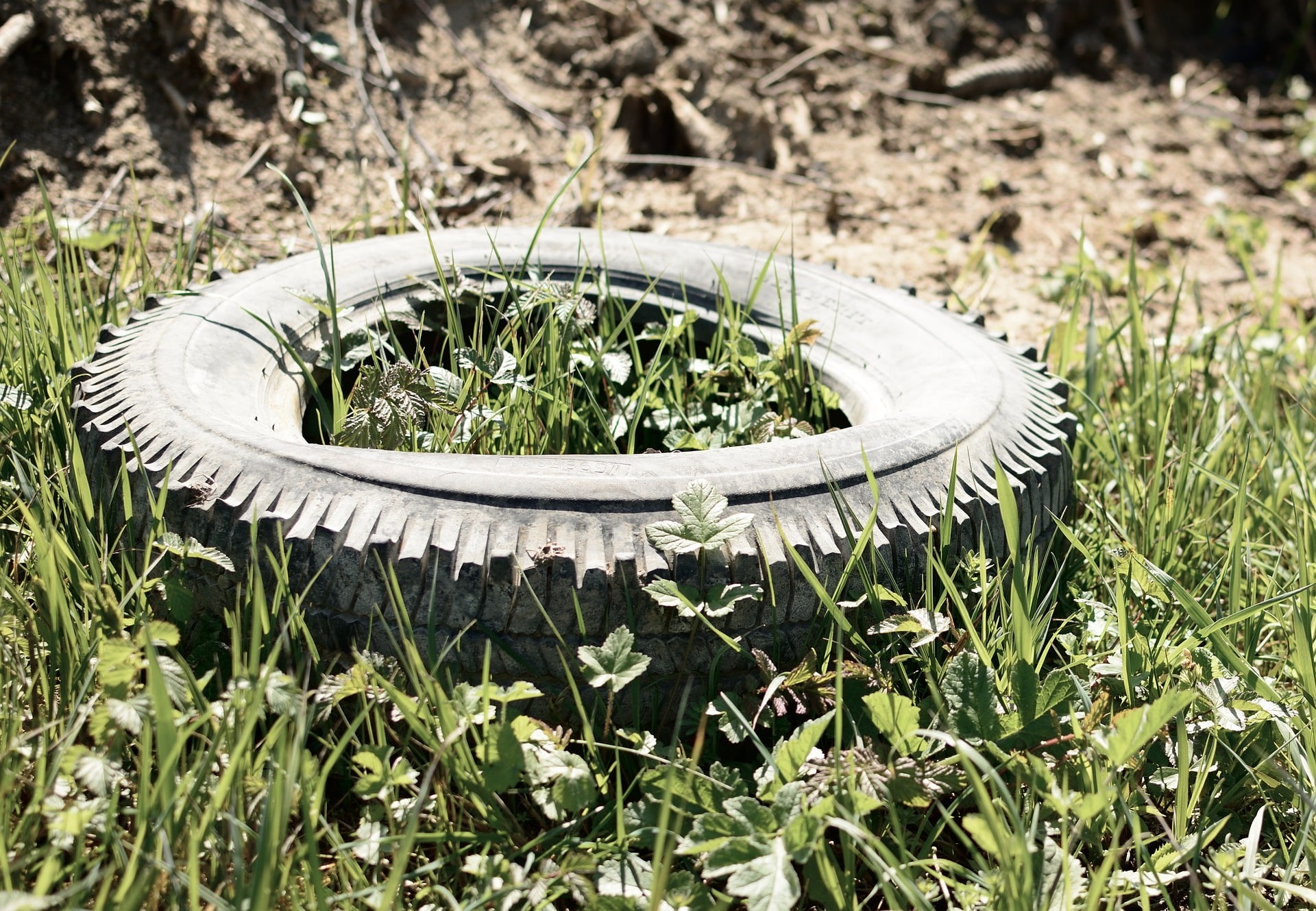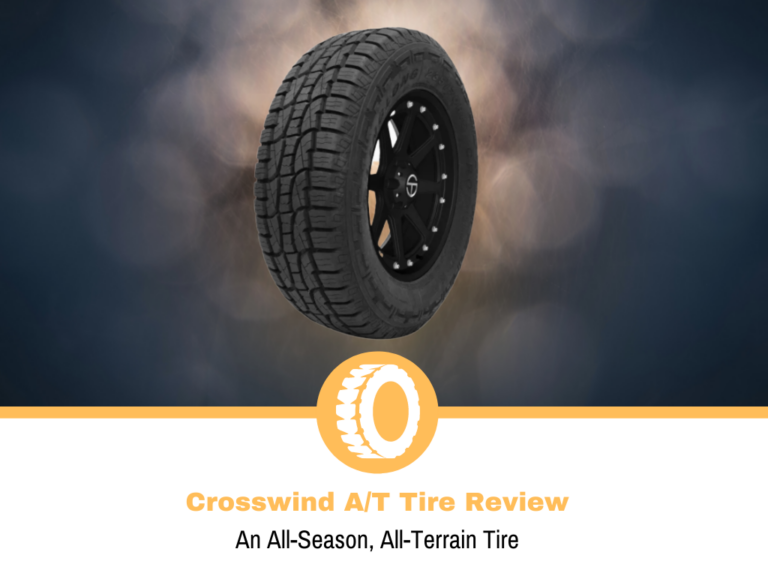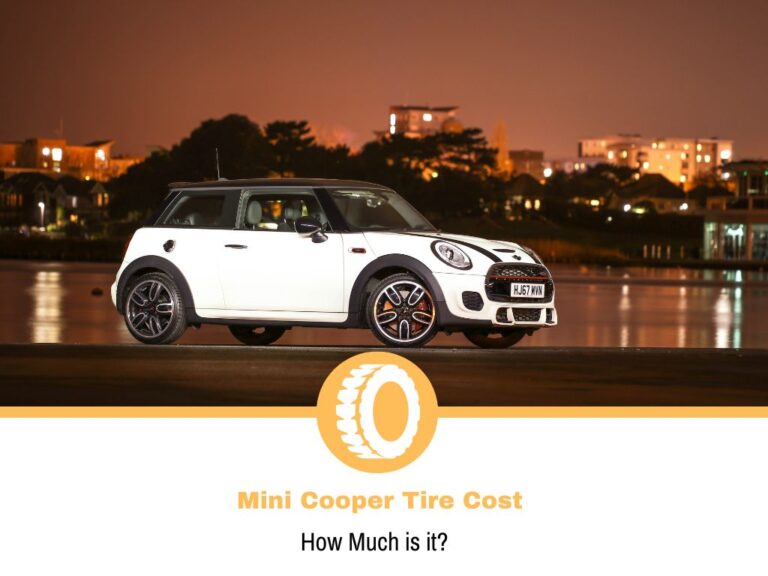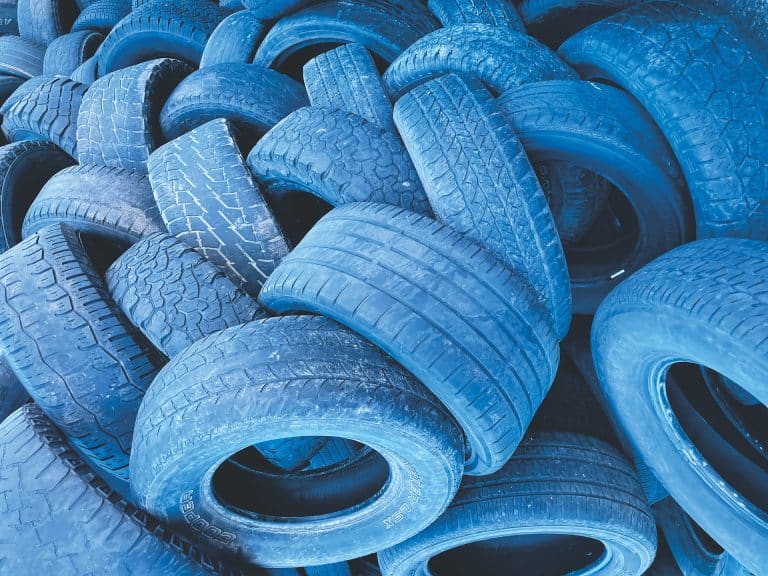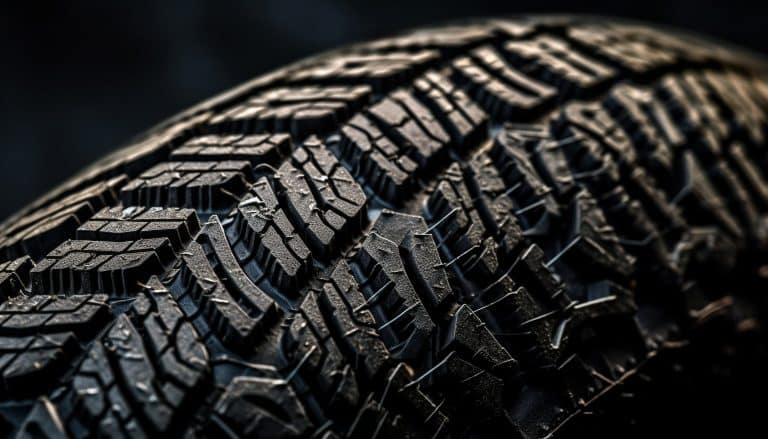Can you drive with a tire that has a bulge?
Tires have been around for almost 2 centuries, and in that time they have evolved a lot. They started as air-filled leather wheels in the mid-19th century and throughout their life they evolved into the models we know today.
Constant evolution also means improvement in many areas, like performance, longevity, and durability. This sounds good in theory, but even today’s tires aren’t indestructible. Sure, they’re better than the ones from a few decades ago, but there are still ways in which you can damage them.
A common damage I see today is bulging, indicating a problem with the tire. This raises the question: is a tire with a bulge safe to drive and what can you do about it?
Why do bulges appear on tires?
The first thing you should know is the bulges aren’t normal and you shouldn’t see any of those on your tires. These bulges or bubbles show up when you have a tire with compromised integrity.
In a normal situation, a tire’s inner liner is the part designed to keep the air trapped inside. The tire covers 3 sides and, on the 4th, you have the wheel holding everything in place. With internal pressures usually over 30 psi, it’s essential to have the inner liner or the internal construction intact to ensure the tire holds the air as intended.
Bulges appear in situations when a tire has damage to the liner or the internal construction. As a result, it won’t be able to hold the air as intended, and a bulge appears. The rubber is flexible, so it will form a ball-like shape.
What causes bulges to appear on tires?
When you consider what I explained in the previous section, you can probably guess where this is going. A bulge appears in situations when there’s some kind of internal damage to a tire. As far as what causes this damage, there are multiple situations.
I spoke about damage to tires from hitting a curb, and this is the most common reason you may see a bulge. Going over curbs too often or hitting them at speeds will weaken the internal construction to a point where it won’t hold the air as intended.
A similar reason for bulges is driving over bad roads. Sure, tires can handle some rough patches or some potholes, but they won’t survive getting exposed to these conditions for too long. Depending on the situation, a large enough pothole at higher speeds can damage the construction to a point where you’ll see a bulge soon after.

Bulges are something you’ll see when there’s massive physical damage to a tire. Hitting a curb, pothole, rock, or even, in some situations, a car accident is a common source of bulges. With that said, it’s not always the case.
There are some rare situations where a bulge may not be your fault. I’ve seen one or two tires that had bulges because of manufacturing defects. Tire manufacturers aim to improve the process and eliminate these situations, but things aren’t always perfect. To be fair, these were from some of the lower-budget manufacturers, so it’s one of those situations where I say, “You get what you pay for”.
Where do bulges appear on a tire?
Realistically, the location where you’ll see a bulge depends on what kind of damage you’re looking at. Considering that the most common type of damage we see on our tires is from curbs of potholes, you are most likely to see a bulge on the sidewall.
The biggest problem here is that a tire has two sidewalls, one of which isn’t exactly the most accessible one. A bulge on the outer sidewall is visible and you’ll notice it as soon as you glance at your tires. For the inner sidewall, you’ll either need to go to a tire shop or stick your hand and try to feel if there is one.
Occasionally, there may be situations where you’ll see a bulge on the tread area. This indicates damage to the steel cords, which may happen from driving over debris or rocks.
Should you drive with a tire that has a bulge?
Driving with a tire that has a bulge is very dangerous, and I’d put it on the same level as driving with a tire that has its cords showing. Seeing a bulge means that the tire’s internal construction is damaged to where it can’t hold the air.
The pressure pushes outward, and a bulge appears at the weakest point, which is where the damage is. Even though the rubber is pretty durable, it’s not designed to be as strong as the internal liner, so eventually, it will blow.
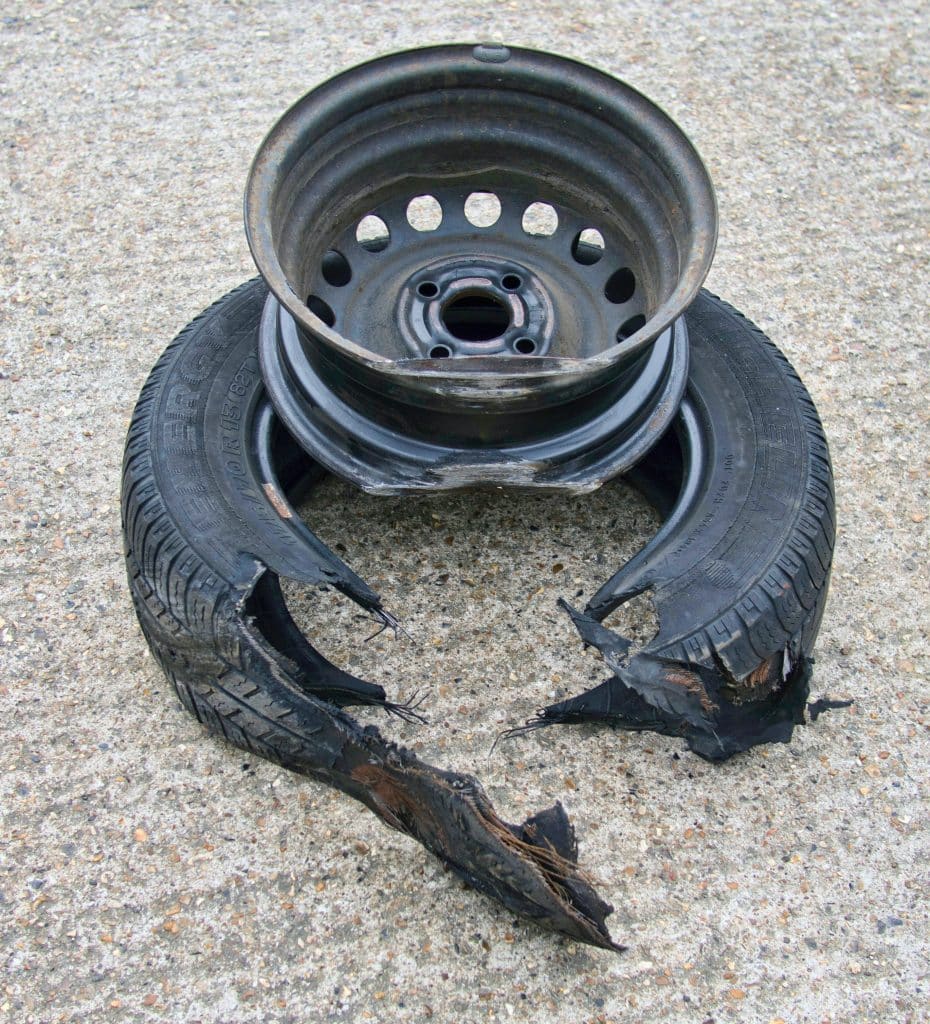
A tire with a bulge blowing at slower speeds, like driving in a parking lot, isn’t the most tragic thing in the world. Driving a few miles an hour and experiencing this kind of damage usually means that you’ll stop in time to prevent any additional damage or hurt anyone.
The problem with bulges is that they can cause a blowout when driving around town or on the highway. It’s a dangerous situation, mainly because the chances of losing control are much higher.
Can you fix a bulge on a tire?
Bulges cannot be fixed because the source of the problem is inside the tire. Unlike a puncture on the tread that you can patch, with a bulge, you cannot see the damage. The bulge is the aftermath of that damage, so there’s no way to get to the damaged section and fix it.
Unfortunately, I’ve seen some shops making promises about bulges and fixing them. To be honest, I do not know what process they use, but I’m pretty sure that it won’t solve the problem.
Does the size of the bulge make a difference?
We can try to raise our hopes when we see a smaller bulge and pray that the damage isn’t massive and we won’t have to replace the tire. Unfortunately, that’s not the case, and any bulge or bubble is a potential hazard.
Regardless of the size, a bulge means that there is some kind of internal damage. The only difference is the severity of the damage. A smaller bulge means that the damage is minor, so it’s not an immediate threat.
Don’t take this the wrong way. A tire with a bulge is dangerous and should be replaced as soon as possible, regardless of the size of the bubble. As small and as harmless as a bulge may seem, it’s a problem that you shouldn’t ignore or postpone.
How to prevent bulges from appearing?
As far as prevention is concerned, it’s important to talk about the reason a bulge may appear in the first place. A common reason is physical damage, so the best way to avoid that is to take better care of your tires.
Avoid driving on broken roads too often if possible. Potholes, debris, and rocks are another common enemy and can cause bulges, so it’s ideal to avoid them as much as possible. Finally, we have the curbs, which are the most problematic.
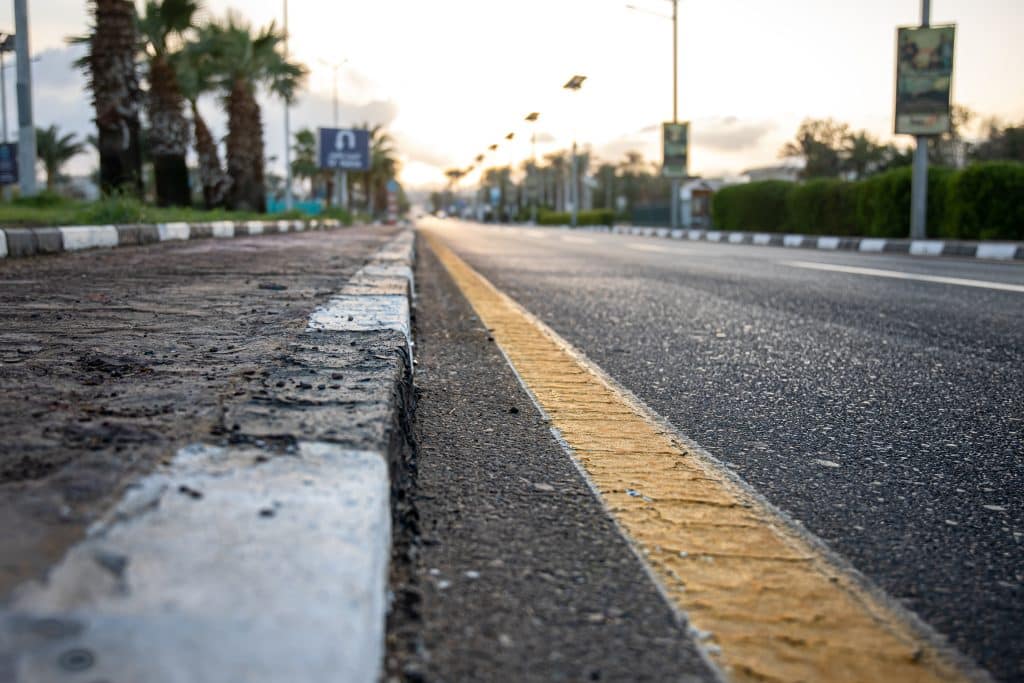
The more you go over curbs, the greater the chances are to damage a tire and get a bulge. To reduce the chances, it would be ideal not to go over high curbs. If you have no other option, then try to be slow and smooth so that the tire rolls over the edge without getting squished beneath the wheel.
There are situations that aren’t in your control and one of those is a manufacturing defect. It’s a rare sight with reputable brands, but it’s not impossible. In this situation, the best thing you can do is check the warranty and see if the tire shop would accept getting your tire replaced.
Conclusion
There are all kinds of things that can happen to tires. Most of them will have some permanent damage or mark but will remain drivable and safe up to a point. Unfortunately, with bulges, that’s not the case.
As soon as you see a bulge, you should know that the tire’s integrity is compromised and it will blow sooner or later. To avoid finding out how long it will hold, I’d advise you to go to a tire shop and replace it. Also, don’t follow someone’s wild dreams and think that this is fixable. It’s not.
